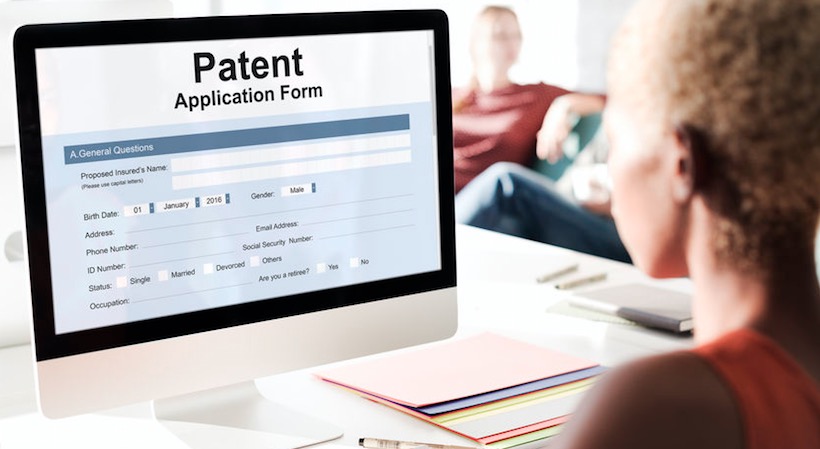Registering for a patent is a significantly more complex process than registering for other forms of intellectual property protection, like trademarks and copyrights. Trademarks generally require a name search, application and filing fee. Copyright applications (and their filing fees) may be filed with copies of the original works of authorship, like a fictional story or song lyrics.
Registering a patent means doing a bit more than simply filing an application. Patent registration should follow the rules set by The United States Patent and Trademark Office (USPTO). It is possible to correct mistakes made after a patent is granted, such as a clerical error. However, depending on the nature of the changes requested, there may be some situations where new matter cannot be added to the patent.
The best way to avoid making amendments to your patent is to carefully follow these guidelines during the initial patent application process.
StartupNation exclusive discounts and savings on Dell products and accessories: Learn more here
Determining the wrong patent eligibility
At the present moment, there are three types of patents in existence. You must first determine which patent your invention is eligible for registration before moving ahead in the application process.
- Utility patent: Most businesses qualify as a utility patent. This patent is granted to individuals who invent or discover a new and useful process, machine, article of manufacture or composition of matter. Some items that may qualify for utility patent registration include software, pharmaceuticals and computers.
- Design patent: This patent is for individuals who have invented an original, ornamental design for an article of manufacture. Think designs on jewelry or cars. The original Coca-Cola glass bottles received design patents, as did emojis!
- Plant patent: If you have invented, discovered or asexually reproduced a distinct or new variety of plant, you may file for a plant patent. Typically, most entrepreneurs can easily determine whether or not their invention has this type of eligibility.
The simplest way to avoid accidentally filing for the wrong patent is to carefully examine your invention and determine which category it falls under. If necessary, you may consult an attorney for additional help.
Related: What You Need to Know Before Applying for a Patent
Forgetting to sign an oath or declaration
Are you filing a nonprovisional patent application? If so, key components that must be included are a written document with a specification of the patent, drawings (for utility and design patents only), an oath or declaration, and filing, search, and examination fees.
What is an oath or declaration? This is a formal statement where the inventor acknowledges that they believe themselves to be the patent’s original inventor. You must include an oath or declaration in design, plant and utility patents along with your signature. Remember to sign the oath or declaration using the legal name of the inventor, in accordance to the USPTO’s guidelines.
Not using the USPTO’s guidelines for detailed drawings
Filing utility and design patent applications as nonprovisional patent applications requires following certain specific rules from the USPTO.
Here are a few crucial drawing standards to be mindful of with your patent application:
- Black and white drawings may only use black ink
- Are you submitting a color drawing for your patent application? It must be drawn so that the image is reproduced in black and white on the print patent
- The drawing must be illustrated to show as many views of the invention as possible. It’s a fairly common mistake for inventors to believe they only need a drawing that shows one angle of their invention. You must include plan, elevation, section and perspective views. Arrange the views by grouping them together on the same sheet of paper. Each view should be in an upright position and separate from the other view. The drawing’s views must not be included on any sheets that contain the invention’s specifications, claims, or abstract. Other views that should be illustrated on a patent’s application include exploded, partial and sectional views
- All lines, numbers and letters in each drawing should allow for adequate reproduction. What does that mean, exactly? Nothing can be messy, and each item must be drawn in a clean, dense and well-defined manner
- No rips or holes should be present in your patent application
Sign Up: Receive the StartupNation newsletter!
Summary
Nearly anyone may apply for a patent in the U.S. This is even true of two or more inventors who create an invention together, as they may apply as joint inventors of their own patent.






